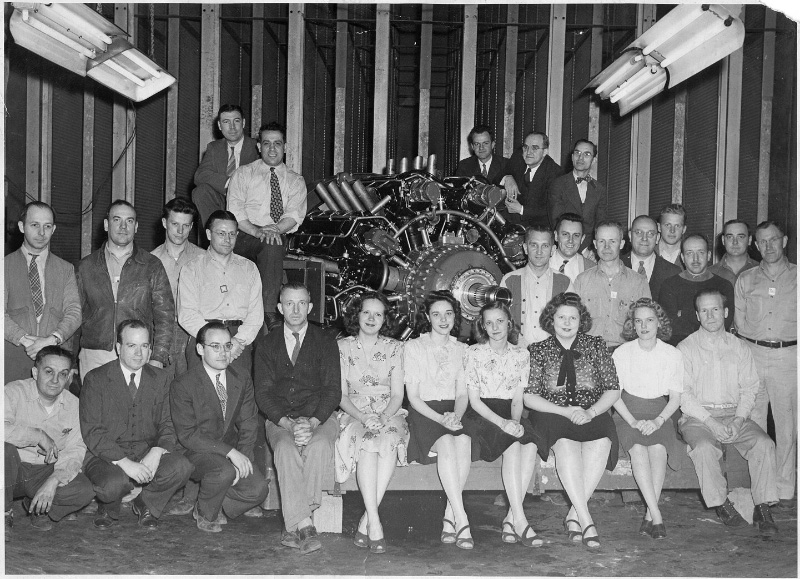Delta Force
ACCESS: Confidential
- Joined
- 23 May 2013
- Messages
- 75
- Reaction score
- 14
The Lycoming R-7755 was the largest piston aircraft engine ever designed, having 36 cylinders and displacing 7,755 cubic inches (127 liters). The versions tested had an output of 5,000 horsepower, and it was expected that the engine could eventually be developed to produce 7,000 horsepower. To illustrate how massive this engine was, the B-36 was the largest military combat aircraft ever produced, and it was powered by "only" six Pratt & Whitney R-4360 Wasp Major engines with 28 cylinders, a displacement of 4,363 cubic inches (71.5 liters), and an output of 3,500 horsepower with the R-4360-41 Wasp Major engines that powered the B-36B variant. Just about everything about the R-7755 was double that of the R-4360 Wasp Major. The R-7755 even required two propellers (contra-rotating), because a single propeller would have been unable to achieve ground clearance on the B-36!
To my knowledge, no aircraft was ever planned to receive the R-7755, although it was at one point planned for use on the European bomber project that led to the B-36. The challenge is thus to find a use for this massive amount of power.
To my knowledge, no aircraft was ever planned to receive the R-7755, although it was at one point planned for use on the European bomber project that led to the B-36. The challenge is thus to find a use for this massive amount of power.

